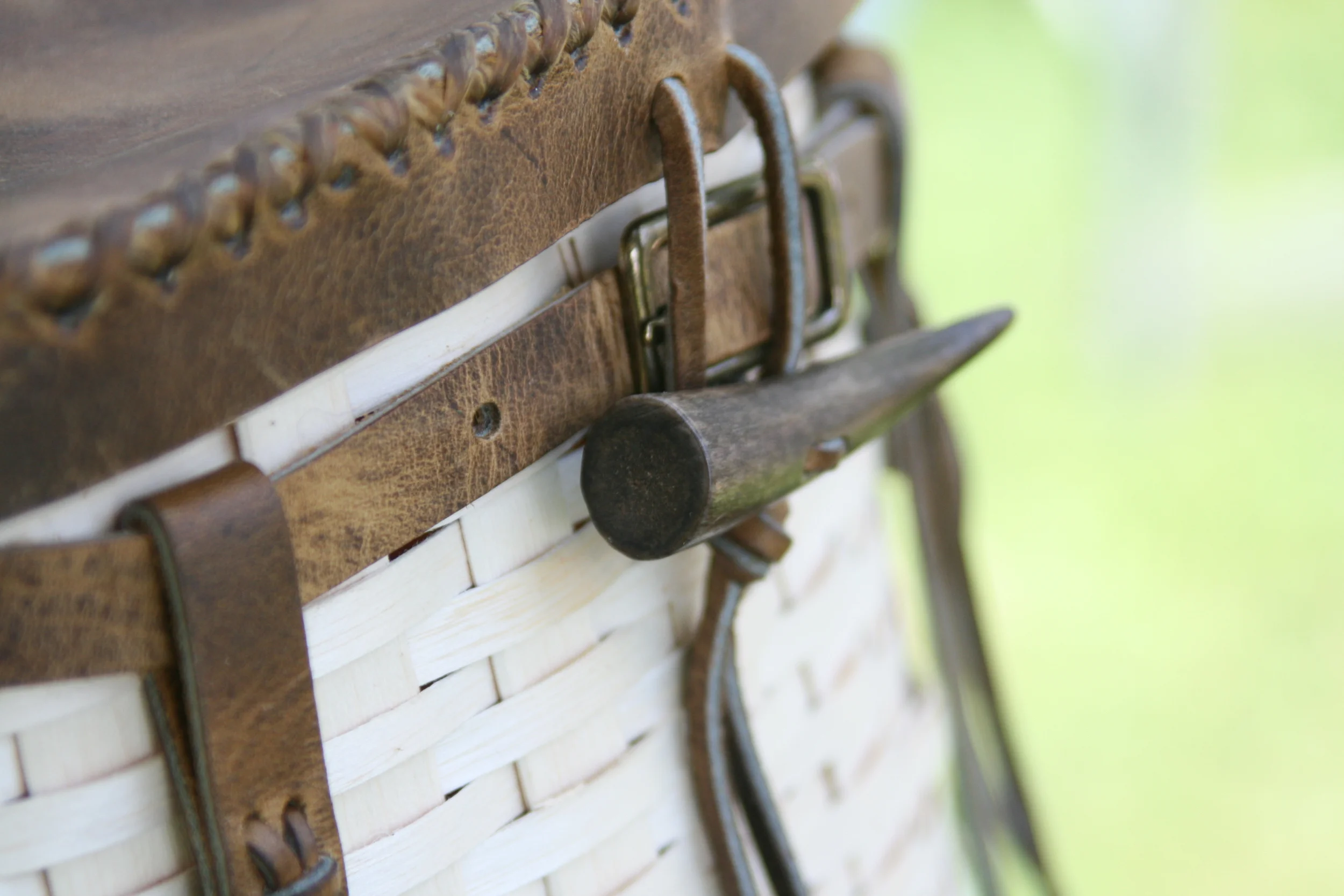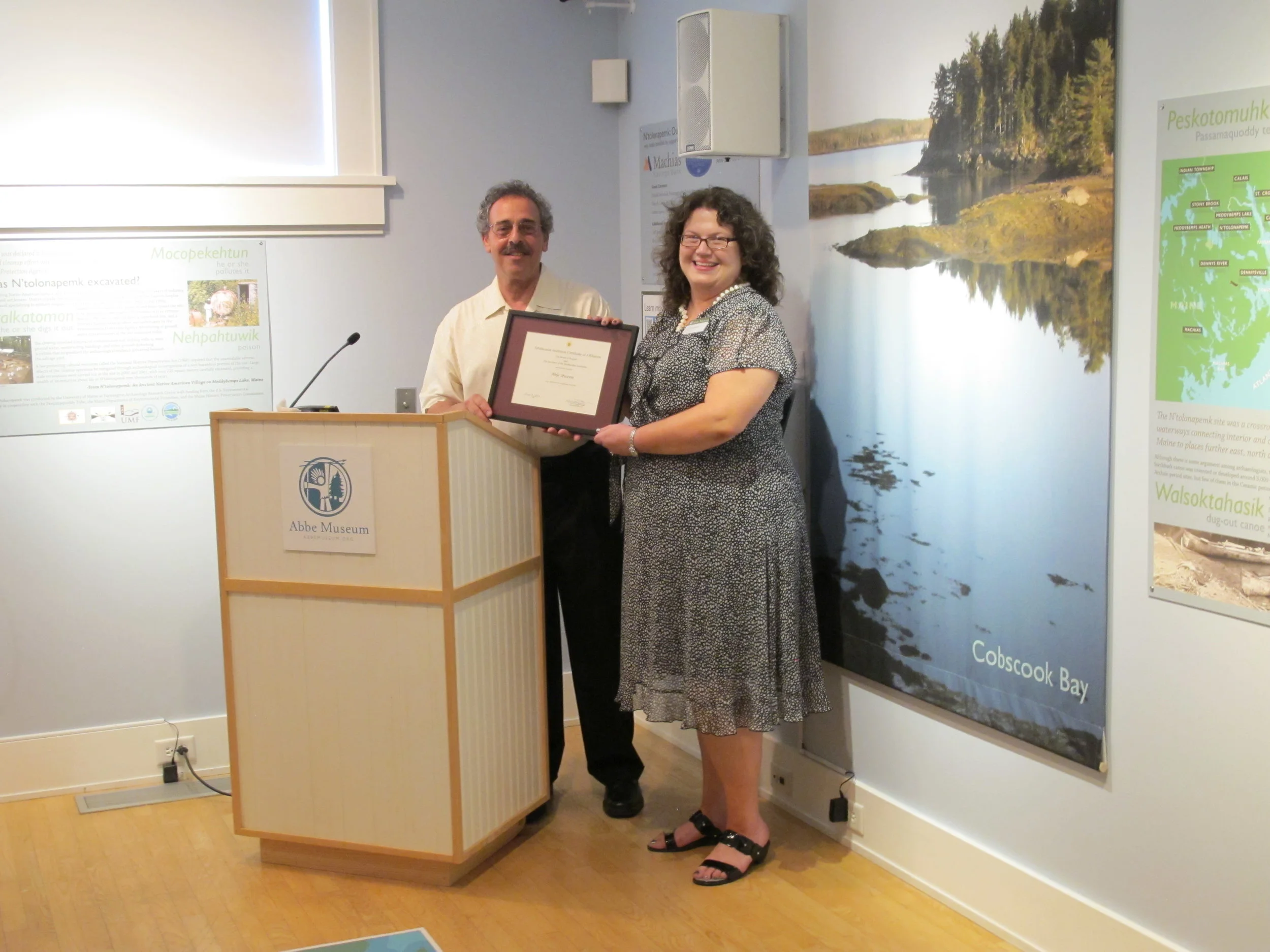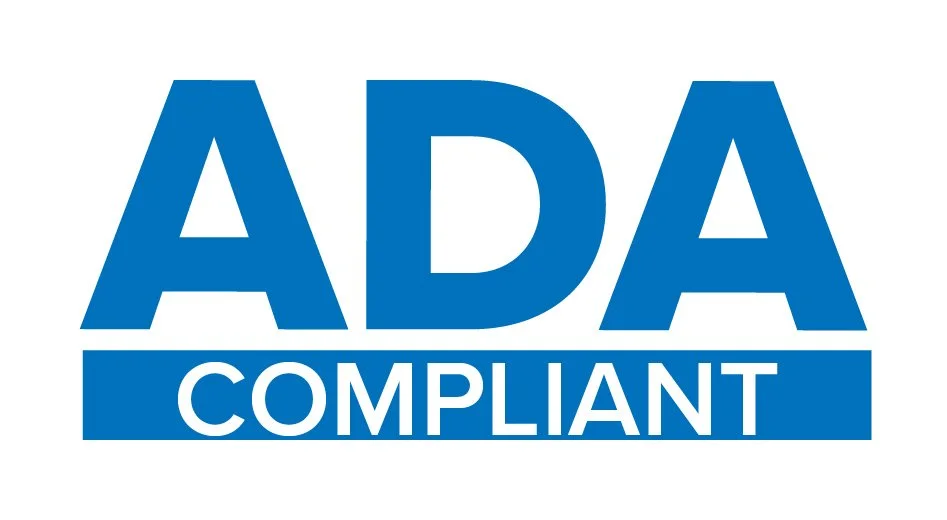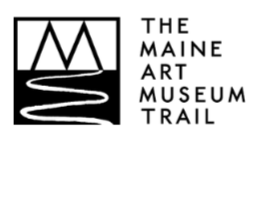The Abbe Museum in Bar Harbor, Maine has been accepted as a Smithsonian Affiliate. This affiliation establishes a long-term partnership between the Museum and the Smithsonian Institution. There are currently 179 Smithsonian Affiliates in 42 states, Puerto Rico and Panama. The Abbe Museum is Maine’s first affiliate.
“Becoming a Smithsonian Affiliate will support exciting collaborations between our organizations, while dramatically expanding the Abbe Museum’s visibility in the market place and in Maine’s cultural community,” says Abbe CEO, Cinnamon Catlin-Legutko. “Collaborative projects are key to the Abbe’s strategic direction. The Smithsonian is an incredible institution with tremendous scope in reach and resources. We are thrilled to share those resources with our community and members.”
The partnership will provide the Abbe Museum access to the Smithsonian Institution’s many resources, including its 136 million object collections, scholarships, and educational opportunities for staff, traveling exhibits, and membership benefits. Additionally, the Abbe and the Smithsonian will begin to pursue collaborations with one another, spreading the work of both cultural institutions.
“The Abbe Museum,” noted Harold A. Closter, director of Smithsonian Affiliations, “is well-recognized for its outstanding collections, first-class exhibits, professional staff and commitment to education. With a mission that so thoroughly matches the work of the Smithsonian, we are honored to welcome the Abbe Museum into the family of Smithsonian Affiliates and look forward to working with this impressive organization to help preserve the rich heritage of Maine and share the inspiring stories of its people.”
Collaboration with the Smithsonian is something in which the Abbe Museum already has experience. When Abbe’s downtown location opened, the Museum borrowed three collection items for the exhibit Four Molly’s: Women of the Dawn, guest curated by Bunny McBride.
On May 23rd, the Smithsonian traveling exhibit IndiVisible: African-Native American Lives in the Americas will go on display in the Abbe where it will remain through August 4th. The exhibit comes to the Abbe through the Smithsonian Institution Traveling Exhibition Service (SITES), and explores the intersection of American Indian and African American cultures. The exhibit shares historical and contemporary stories of peoples and communities whose shared histories are woven into the fabric of American identity, but whose presence has long been invisible to many in the U.S. IndiVisible was developed by the National Museum of the American Indian with the National Museum of African American History and Culture.
The Abbe has long enjoyed a relationship with the Smithsonian’s National Museum of the American Indian (NMAI), particularly working together in the development of educational programming.
Finally, a current Abbe Board Member, member of the Passamaquoddy tribe and renowned Native artist, David Moses Bridges, has worked extensively with the Smithsonian Institution as a researcher, consultant, and educator.
“I was very excited to learn of our relationship with the Smithsonian,” says Moses Bridges. “I have always been impressed by the Smithsonian’s commitment to include Native people as the caretakers and interpreters of the collections they oversee. By recognizing the family connection between objects and communities they have set a new standard of museum relationship with indigenous people. The Affiliations program allows the Abbe Museum and its visitors access to the greatest collection of Indigenous art in the world. Anyone who has stepped inside the Smithsonian will understand that the Abbe Museum’s new affiliation with the Smithsonian is surely something to be excited about.”
Smithsonian Affiliations, established in 1996, is a national outreach program that develops collaborative partnerships with museums and educational and cultural organizations to share Smithsonian Institution resources with citizens in their own communities. The program works with Affiliates to enrich communities with Smithsonian scholars, public programs, and professional development opportunities. Affiliate partner organizations demonstrate excellence in their work and commitment to the Smithsonian emphasis on heritage, preservation, and education.
Media availability: Abbe staff members and Smithsonian staff members are available for interviews. Please contact Johannah Blackman: johannah@abbemuseum.org, 207-288-3519.


















